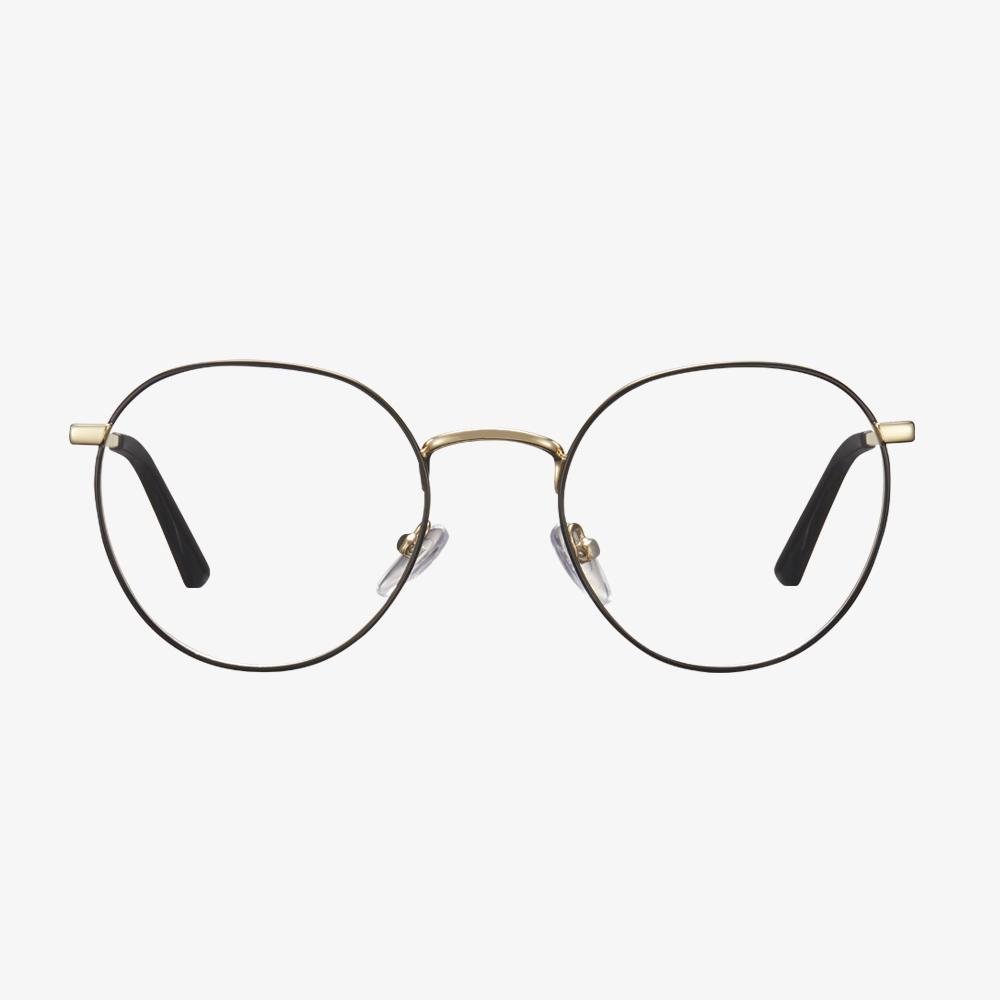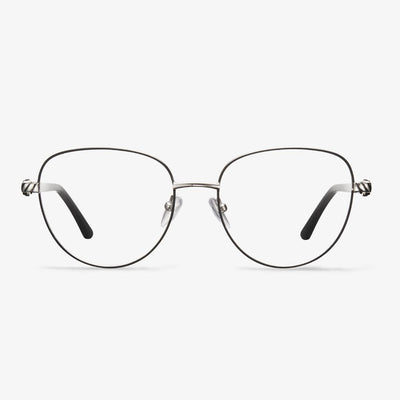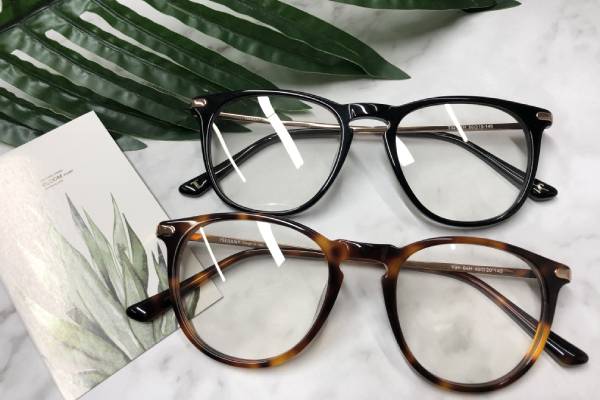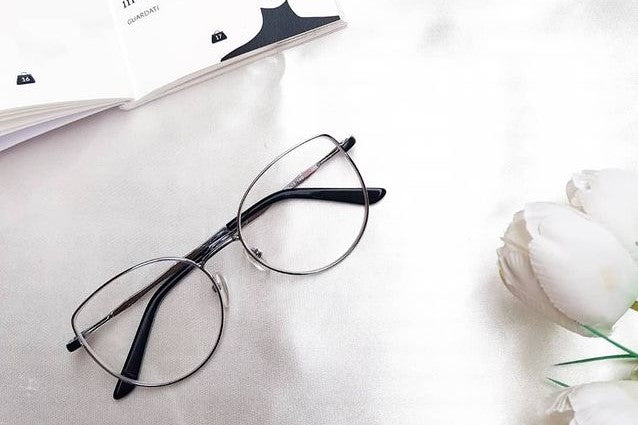Glasses are frequently replaced.
In the United States today, there are more glasses than people. Counting prescription glasses, sunglasses, and over-the-counter readers, there are now more than 400 million pairs on the market. According to the Vision Council, an industry group, they swap out a brand new pair of glasses every two years on average.
Vintage, Large Round Glasses
Round frames will be popular in 2021, but not only that, square and rectangular face shapes will work well. They can be mixed and matched with everything from business clothes to stylish sweaters and hats. If you're looking for a bolder look, oversized round frames are perfect for you. Smaller frames are more elegant, but you can opt for stylish colors.
Are blue light glasses good for driving at night?
Are blue light glasses helpful when driving at night? The answer is not necessarily. Anti-reflective coating on glasses is beneficial. But blue light blocking won't have any effect on your driving at night. If your glasses have an anti-reflective coating, then they might be helpful for night driving. Otherwise, they won't have any impact.
Adjustment of the upper and lower position of the nose pad
The nose pad can be pulled up and down with the pliers of the nose pad to achieve the purpose. You can use needle-nose pliers to clamp on the nose pad and apply torque in a certain direction to change the upper and lower position of the nose pad. When applying the torque, the nose pad can be pressed down or pulled up by the pliers to change the position of the deformation of the bracket, to prevent repeated deformation and fracture near the solder joint.
Evolution of photochromic lenses
Thirty years after Corning invented color-changing glass lenses, another company has carried forward the color-changing glass lenses --Transitions Optical. In 1991, it became the first company to commercially manufacture resin color-changing lenses. Since its inception, the company has been a joint venture between PPG Industries (51%) and Essilor (49%). In April 2014, Essilor acquired a 51% stake in PPG. At present, the mainstream is resin photochromic lenses.
Why Are My Progressive Lenses Blurry?
So, why are my progressive lenses blurry on sides? It can be caused by a lot of reasons, and we will list some of them.
The strength of progressive lenses is the factor that leads to initial peripheral blurriness. Progressive lenses tend to be blurry on the sides because each lens promotes three fields of vision. In addition, peripheral blurriness or haziness is a sensation that typically develops because more than one lens has been incorporated into one lens. The wearer also might feel as if he or she is moving from side to side.
After learning what may cause progressive lenses blurred, so how can you adapt to the progressive lenses? Therefore, in the following section, we will show you how to get used to progressive lenses.
Apart from memory metal frames, what other frames are the most durable?
Nylon plastic frames are the most durable frames available. It is hypoallergenic and flexible. But they are easier to break than metal frames, and their overall strength is reduced by sunlight and the aging process. Titanium and titanium alloy metals are used to make some of the most durable frames. Their strength can be compared with that of stainless steel, but titanium frames provide more options than stainless steel in terms of texture, pattern, and color.











































